Does Making Tax Digital Apply to Sole Traders?

Making Tax Digital is a long term government plan to make the UK “…one of the most digitally advanced tax administrations in the world.” It aims to make the whole tax system easier and more efficient for taxpayers. And to reduce the amount of tax lost through administration and accountancy errors.
In 2015, HMRC introduced digital Personal Tax Accounts to help individuals manage their own tax position. Making Tax Digital (MTD) for Value Added Tax (VAT) was made compulsory for VAT-registered businesses earning over the £85,000 threshold in 2019. From 2022, this has become mandatory for businesses that voluntarily become VAT-registered. The next step is for businesses who file income tax Self-Assessment tax returns in 2024 – that’s you! And the government has MTD for Corporation Tax penciled in for 2026.
For self-employed sole traders, now is a good time to prepare your business for Making Tax Digital changes. And here’s how…
Here’s What We’ll Cover:
The Story So Far: Making Tax Digital for VAT
Who Has to Use Making Tax Digital (MTD) for Income Tax?
What Does Making Tax Digital (MTD) for Income Tax Mean for Me, as a Sole Trader?
So How Do I Make My Income Tax Digital?
Taking Part in the Making Tax Digital for Income Tax Pilot
How Do I Join the MTD for Income Tax Pilot?
The Story So Far: Making Tax Digital for VAT
If your taxable income is over the VAT threshold, then you must register for Making Tax Digital for VAT. The VAT threshold is currently a taxable turnover of £85,000 per year. Once your self-employed business hits that figure, you have to be VAT-registered, pay VAT and have MTD compatible software in order to keep tax records and submit VAT returns digitally.
Compliance criteria for Making Tax Digital for VAT is very similar to MTD for income tax. As soon as you reach the VAT threshold, you must keep digital records and submit VAT returns to HMRC using the correct Making Tax Digital software.The deadline to have this in place was 2019. Businesses that are voluntarily VAT-registered had to comply by April 2022.
This is an additional expense for every VAT-registered business.
If your business is new to making VAT digital, FreshBooks has all the information pulled together in our ‘How Does VAT Work in the UK?’ guide. It’s got everything from connecting your VAT return to HMRC, to making tax digital records you need to keep. Let’s get your tax right – together.

Who Has to Use Making Tax Digital (MTD) for Income Tax?
HMRC started the Making Tax Digital process with VAT registered businesses, now it’s the turn of self-employed individuals and landlords.
As of April 2023, all self-employed people and landlords who make over £10,000 taxable turnover will have to use MTD for income tax. This means sole traders who have one business and income from UK property lets.
People who don’t need to comply are:
- Landlords who rent out furnished holiday lets
- People who have an additional income stream to their self employed earnings
What Does Making Tax Digital (MTD) for Income Tax Mean for Me, as a Sole Trader?
Making Tax Digital for income tax rules state that you have to:
- Keep digital business records – yes, you’ll need compliant software
- Send quarterly income and expenses updates to HMRC
- Send an End of Period Statement at the end of each accounting period. This is where you submit any tax relief and allowances claims. You need to complete a separate EOPS for each business and property income.
- Each individual taxpayer submits a Final Declaration at the end of each accounting period. This is your legal declaration that you’ve given HMRC all the relevant information, and your chance to check and agree with HMRC’s final income tax calculation.
This is instead of, not as well as, a self-assessment tax return.
The main benefit to businesses is that you have a more accurate income tax figure to work with in real time. If you meet the taxable turnover registration threshold for MTD for income tax, you’ll send a tax report at 4 intervals throughout the year, instead of one self-assessment tax return at the end. It’s widely assumed that there will be the option to voluntarily pay these amounts at the same time. Confirmation of this and more detailed government guidance is expected as the deadline gets closer.
The deadline for settling your income tax bill will still be 23.59 on 31st January after the end of the tax year in question – just like the current self-assessment system.
So How Do I Make My Income Tax Digital?
Whatever business you’re in, if you meet the registration threshold for MTD for income tax, you’ll record your business income and expenses digitally. If you’ve got FreshBooks, you’re already doing this – so the change won’t feel as alien.
Making Tax Digital means your system transfers data to HMRC’s system digitally. Just like with Making Tax Digital for VAT, there isn’t any free HMRC software to download. So you need to get compatible software, like FreshBooks, that’s recognised by HMRC as meeting the MTD for income tax criteria.
Businesses need to either get bridging software that lets their current system access HMRC’s portal. Or buy fully compatible software that maintains MTD for income tax digital records correctly and sends your quarterly report straight to HMRC.
It’s an extra cost for business owners. But the compatible software automates a lot of your usual record-keeping, which’ll save you a lot of admin time. As a FreshBooks client, you already know this!
And using MTD for income tax should mean making less mistakes than the current self-assessment system, getting your tax right first time and helping you to keep on top of all your tax affairs more efficiently.
Switching to digital records doesn’t need to be stressful, as long as you choose the right compatible software for your business or property income.
Taking Part in the Making Tax Digital for Income Tax Pilot
You can take the initiative and participate in the HMRC Making Tax Digital for income tax pilot, run by the government. Recording and reporting your expenses and income through the approved Making Tax Digital software before it becomes compulsory for everybody. Self-employed businesses and landlords can apply.
Put in the effort now and make tax easier on yourself when the MTD for income tax changes are enforced by HMRC.
For example, having a separate business bank account is advisable in order to keep the comings and goings separate from your individual income. Lots of sole trader businesses don’t set one up at the start – after all, it’s another expense you don’t necessarily need. But you might decide that you want to do this before the move to paying income tax through Making Tax Digital. You’ve got loads of time to research this and find the best deal if you do it now, without the pressure of government deadlines.
The same goes for finding the best HMRC recognised software for your business. And if you join the pilot scheme, you can iron out any confusions or hiccups without worrying about possible financial penalties.
Essentially, this proactive approach keeps your time and head space focused on your priority – your customers. Instead of the impending Making Tax Digital changes.

How Do I Join the MTD for Income Tax Pilot?
If you want to sign up your business for Making Tax Digital, you need to meet all the eligibility criteria:
- You’re a UK resident
- You’re already registered for Self-Assessment
- All your tax affairs are correct. This means you’ve submitted your tax return on time and have no outstanding tax bills
- You’re a sole trader with one business, or a landlord with UK property lets, or you run both of these businesses simultaneously.
- You have no other sources of income you need to report on tax returns
You can’t join if you’ve accepted any of these government COVID-19 support grants:
- Eat Out to Help Out Scheme – for businesses in hospitality industry
- Coronavirus Job Retention Scheme
- Self Employment Support Scheme – for sole traders
Get HMRC Recognised Software
All businesses will have to have the necessary software to keep the correct digital records and submit updates. You need the software to link to HMRC’s portal. You need this in place at the start of the accounting period you’re joining up for and maintain it throughout.
VAT-registered businesses, individual taxpayers, self-employed businesses and landlords all have to take on the part of MTD that applies to them by the appropriate deadlines. At the moment, HMRC’s going easy on enforcement fines for mistakes and late filing. But this won’t continue forever. Make sure you have all the information you need to make you tax digitally compliant.
RELATED ARTICLES
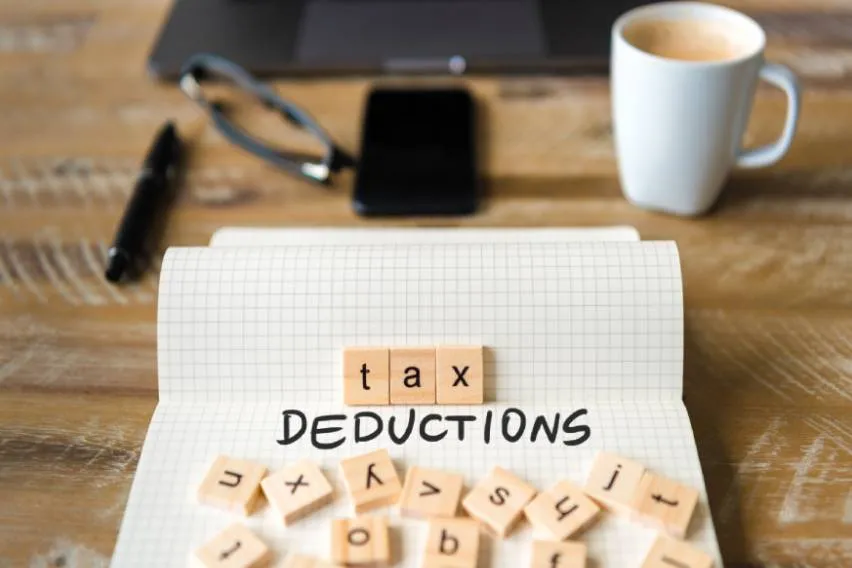 Top 8 Tax Deductions for Photographers (2024)
Top 8 Tax Deductions for Photographers (2024)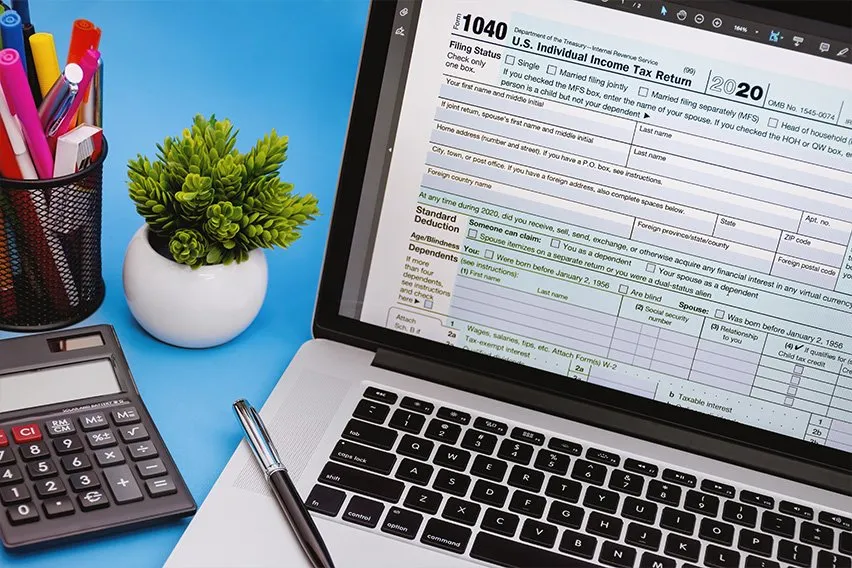 Real Estate Tax Deductions Every Business Should Know
Real Estate Tax Deductions Every Business Should Know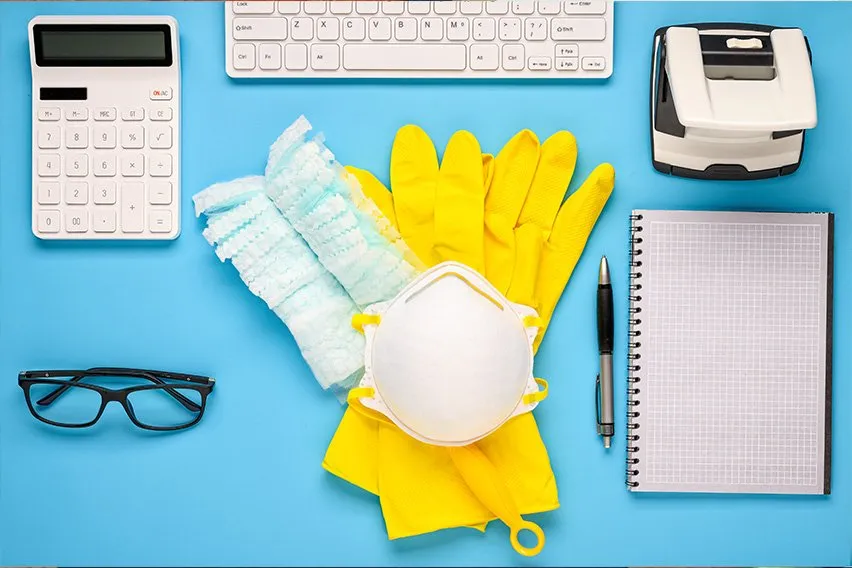 Tax Deductions for Cleaning Businesses
Tax Deductions for Cleaning Businesses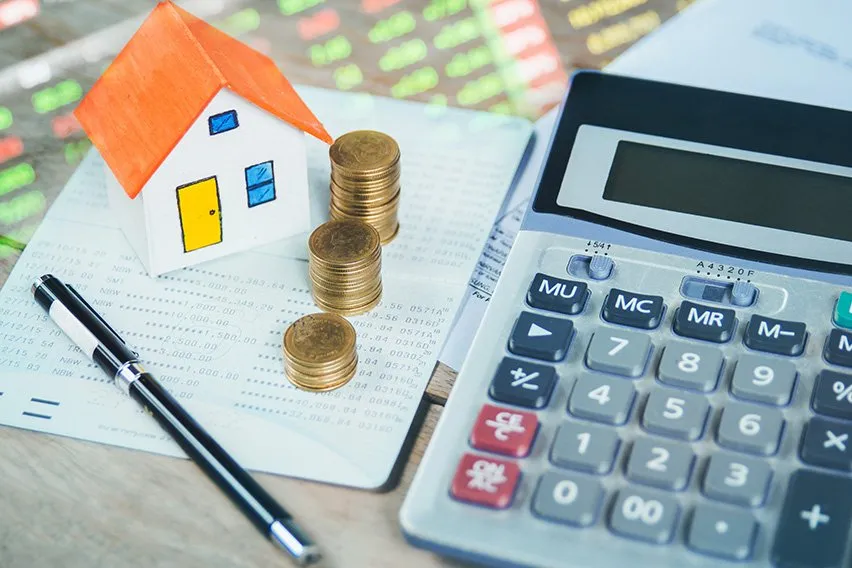 Construction Tax Deductions for Builders and Contracting Businesses
Construction Tax Deductions for Builders and Contracting Businesses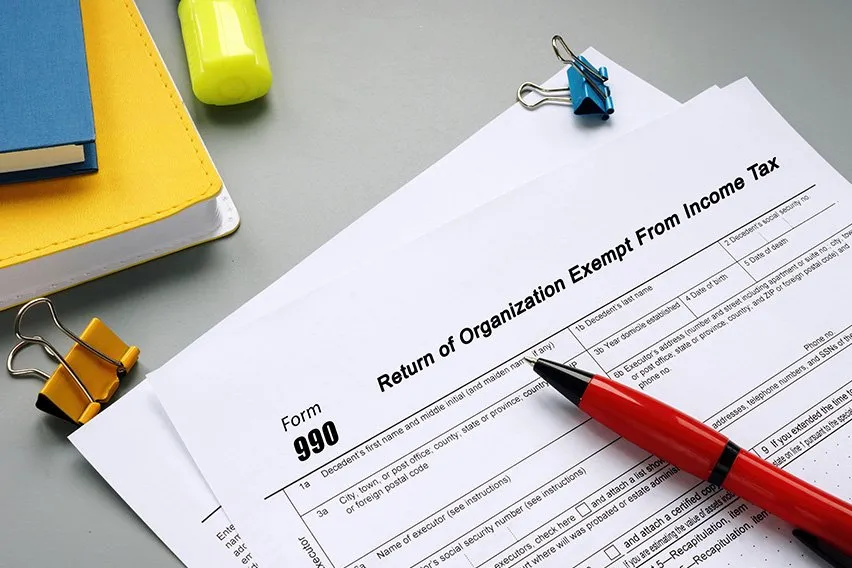 Nonprofit Tax Deductions for 501(c)(3) Organizations
Nonprofit Tax Deductions for 501(c)(3) Organizations Five Easy Ways to Tackle Tax Season When You're Self-Employed
Five Easy Ways to Tackle Tax Season When You're Self-Employed